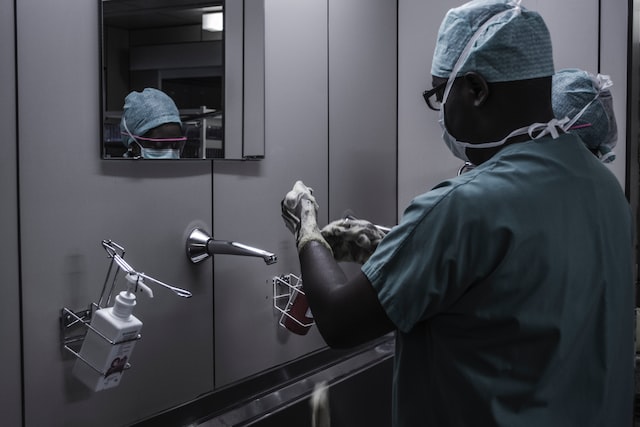The answer lies in innovation. Health tech startups are using mobile apps and data analytics to change how medical care is provided and paid for. These companies are driving efficiency and quality at lower costs. As they continue to disrupt the system, they offer hope for better patient outcomes and reduced overall spending on health care.
Cutting Expenses By a Wide Margin
Taking advantage of technology has been key for new healthcare players such as Verily (formerly Google Life Sciences), which uses wearables to track patients’ physical activity levels, weight loss, sleep patterns, and nutrition intake; or Cliniq, which provides real-time insights into doctors’ prescribing practices for certain medications. Both companies have successfully launched their products with low initial investment capital but high revenue potential. With a focus on improving efficiencies, these companies can reduce the cost of delivering traditional services by up to 95% — from $70 billion spent annually on U.S. hospitals alone to $12 billion in savings every year if their technologies were adopted worldwide.
Adapting New Trends
As more consumers adopt wearable devices, such as Fitbit and Apple Watch, to monitor their own health, these devices will become essential tools for clinical staff who want to use them to help patients manage chronic conditions. Additionally, as more people turn to online sources for information about their personal health conditions, it becomes easier to collect large amounts of data that could be used to improve quality while reducing the time required to provide care.

Exemplary Businesses
Some of the largest technology companies in the world are working with healthcare providers, including Microsoft, Amazon, IBM, Intel, Google, and Qualcomm, to transform the industry. At the same time, small startups are creating innovative solutions that address specific challenges within the sector. Here are a few examples:
• Cliniq
Focuses on prescription compliance, which currently results in over half of prescriptions being written without ever seeing a doctor. The company’s software monitors what is happening when physicians prescribe certain drugs and alerts users when there are deviations from standard treatment guidelines.
• Zebra Medical Vision
Developed an app that allows doctors to review X-rays remotely via tablet. This helps eliminate delays in diagnosis and treatment of cancer, heart disease, infections, and other illnesses. The app also tracks radiation exposure and reduces unnecessary testing.

• Doximity
Created a mobile platform that integrates with your existing EHR and connects patients to their primary care physician through text messaging. It also enables physicians to access important patient records such as laboratory values and medication lists.
• CareCloud
Offers a cloud-based solution that enables patients at home to take their own measurements of blood pressure, pulse, respiratory rate, temperature, blood glucose level, and weight. Doctors then receive this data in real-time.
Conclusion
New business models are emerging quickly across all sectors. Healthcare is still largely driven by fee-for-service payments. As real money costs continue to rise, many health systems are looking for ways to optimize the delivery of care, increase efficiency, decrease waste, and deliver better outcomes. These changes have led to increased competition between providers and payors, resulting in innovations like value-based reimbursement programs, bundled payment contracts, accountable care organizations, Medicare Advantage, Medicaid managed care organizations, and public insurance exchanges.




